Hi guys, I'm doing a series on electric bike motors. These short guides will provide an overview and link to reviews with video and more details, related to specific ebike models. I welcome your qualitative and quantitative input to round them out because I mostly ride brand new models on relatively tame terrain and thus, do not have as much insight around different environments including steep climbs, cold or hot weather, and long term wear and noise. Thanks for your input!
Following are a few relevant video interviews with companies who are using the PW-X and Yamaha themselves:
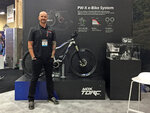
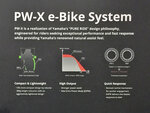
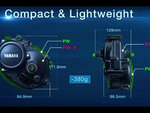

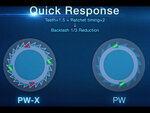

@Mikey-, of Blue Monkey Bicycles, has created an excellent video covering the PW-X motor and I have embedded it below. He got a sample unit and was able to show the guts, which is pretty cool! The motor image below and this video are being shared with permission <3
I have also created a video guide for the new Yamaha PW-X display panel which is posted just below. The new display is tougher than than the PWseries LCD and positioned behind and slightly below the handlebar to reduce trail damage. It's not removable and the LCD display is smaller, but it does offer some color to communicate the level of assist as well as a remote button pad for easy operation.
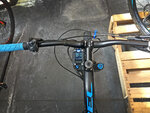
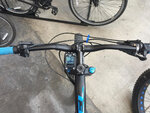
Following are a few relevant video interviews with companies who are using the PW-X and Yamaha themselves:
- 2018 Yamaha Electric Bike Updates at Interbike (PW-X Motor, Urban Rush, Cross Core, Cross Connect)
- 2018 Haibike Electric Bike Updates from Interbike (Bosch PowerTube, SDURO Cross 1.0, New XDURO)
- 2018 Easy Motion Electric Bike Updates at Interbike (Rebel, Yamaha PWX, Brose S, ATOM X)
- Power range: 250 to 500 watts
- Maximum assist: 320%
- Torque output peak: 85 Newton meters vs. 70 Nm
- Maximum cadence support: 120 rotations per minute vs. 100 RPM
- Spindle design: ISIS standard vs. square tapered
- Spindle length: 135 mm
- Q-Factor: 160 mm
- Number of pawls: 4 vs. 2
- Number of teeth: 24 vs. 16
- Weight: 6.83 lbs (3.1 kg) vs. 7.67 lbs (3.48 kg)
- Size and volume: 220 mm length, 155 mm high, 80 mm width, 13% smaller than PWseries
- Assist levels: +ECO, ECO, STD, HIGH, EXPW
- Battery compatibility: 400 or 500 watt hour 36 volt






@Mikey-, of Blue Monkey Bicycles, has created an excellent video covering the PW-X motor and I have embedded it below. He got a sample unit and was able to show the guts, which is pretty cool! The motor image below and this video are being shared with permission <3
I have also created a video guide for the new Yamaha PW-X display panel which is posted just below. The new display is tougher than than the PWseries LCD and positioned behind and slightly below the handlebar to reduce trail damage. It's not removable and the LCD display is smaller, but it does offer some color to communicate the level of assist as well as a remote button pad for easy operation.


Last edited: